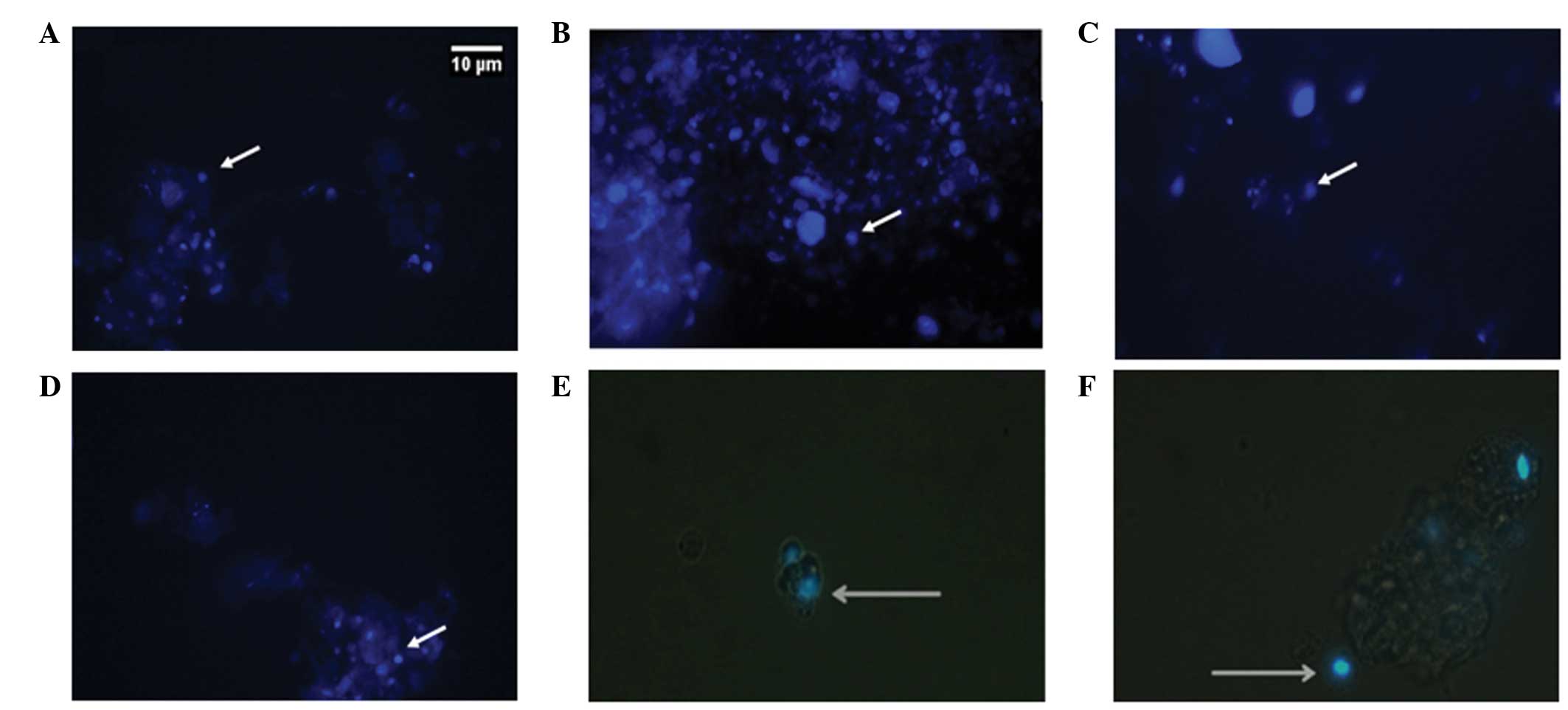Method of isolation and characterization of Girardia tigrina stem cells
- Authors:
- Published online on: December 19, 2014 https://doi.org/10.3892/br.2014.408
- Pages: 163-166
Metrics: Total
Views: 0 (Spandidos Publications: | PMC Statistics: )
Total PDF Downloads: 0 (Spandidos Publications: | PMC Statistics: )
Abstract
Tissue regeneration is widely studied due to its importance for understanding the biology of stem cells, aiming at their application in medicine for therapeutic and various other purposes. The establishment of experimental models is necessary, as certain invertebrates and vertebrates have different regeneration abilities depending on their taxon position on the evolutionary scale. Planarians are an efficacious in vivo model for stem cell biology, but the correlation between planarian cellular and molecular neoblast pluripotency mechanisms and those of mammalian stem cells is unknown. The present study had the following objectives: i) Establish Girardia tigrina cell culture, ii) determine the time required for complete cell disintegration and iii) obtain neoblasts by cell subdivision. Twenty‑four specimens were deprived of food for seven days. After this time, disintegration was performed by incubation protected at three temperatures for 48 h in an antibiotic, antimycotic and trypsin solution, after which the suspension was homogenized and centrifuged. Histopaque® 1077 was used for cell separation and interphases were collected and monitored by optical and fluorescence microscopy. Optical microscopy analysis informed the nucleus‑to‑cytoplasm ratio, cell morphology and cell size. Under fluorescence microscopy, interphase 1 (I1) was subdivided into two groups and neoblasts were marked for characterization; one group was stained with 4',6‑diamidino‑2‑phenylindole and the other was immunolabeled with octamer‑binding transcription factor 4 (OCT4) and isolated and observed after 10 days of cultivation. Neoblasts predominated in I1 with a small amount of other cell types. In conclusion, sample disintegration with a trypsin and antibiotic solution was effective at 18˚C and Iscove's modified Dulbecco's medium supplemented with fetal bovine serum was adequate for the establishment of primary cell cultures after 48‑h incubation and centrifugation. Antibody anti‑OCT4 was used for the characterization of stem cells and was successfully labeled with concentrated neoblasts on interphase 1.












